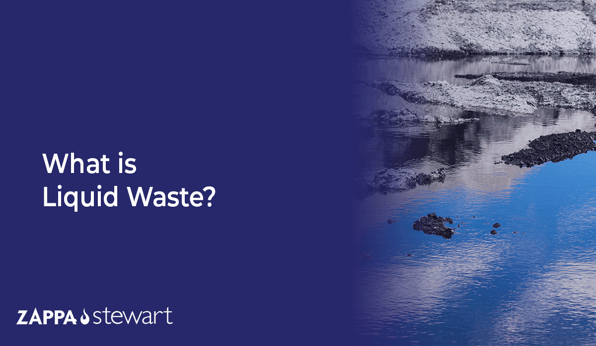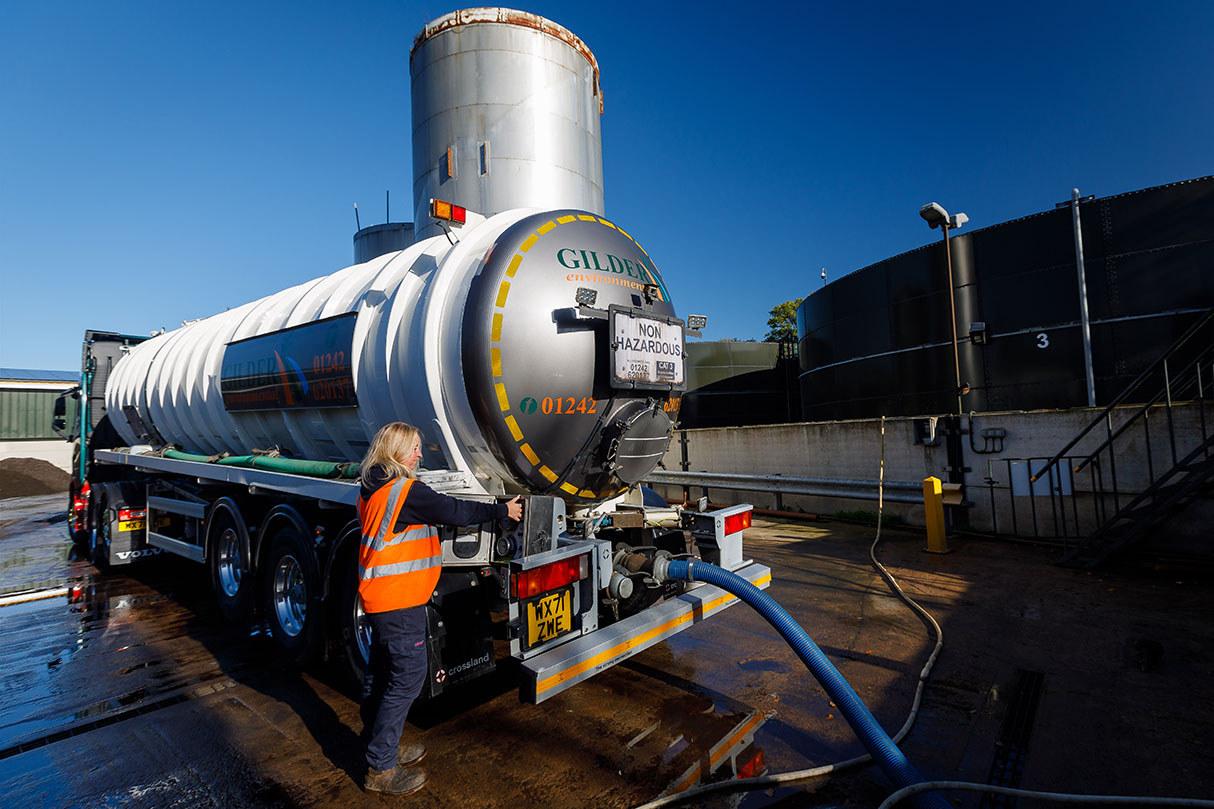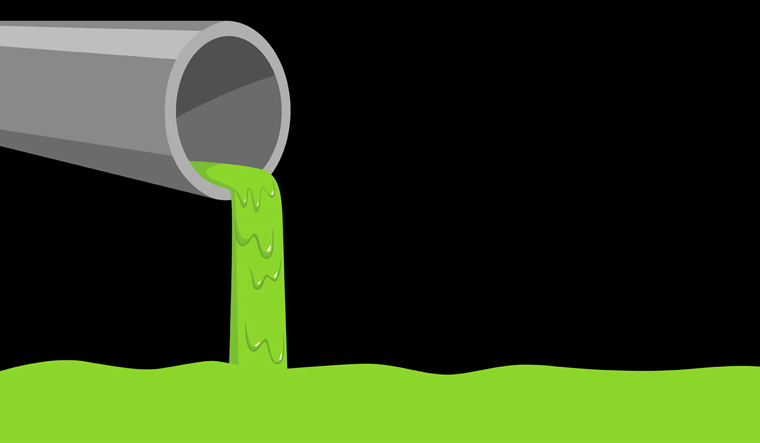Comprehensive Liquid Waste Disposal: Solutions for Homes and Companies
Comprehensive Liquid Waste Disposal: Solutions for Homes and Companies
Blog Article
How Liquid Waste Disposal Functions: A Thorough Introduction of Methods and Technologies Employed

Overview of Fluid Waste Kind
The complexity of liquid waste types requires a detailed understanding of their features and effects for disposal. Fluid waste can generally be categorized right into numerous types, including industrial, community, agricultural, and harmful waste. Each category exhibits distinct homes, needing details management techniques to mitigate environmental and wellness dangers.
Industrial liquid waste originates from manufacturing processes and commonly consists of an array of contaminants, such as heavy metals, solvents, and natural compounds. Municipal fluid waste, mostly making up wastewater from households and business facilities, includes raw material, nutrients, and microorganisms (industrial wastewater treatment). Agricultural fluid waste, consisting of runoff from ranches, may contain plant foods, pesticides, and animal waste, posing threats to water high quality and communities
Hazardous liquid waste is defined by its poisoning, reactivity, or prospective to create injury. Understanding these diverse liquid waste types is crucial for establishing reliable disposal approaches and guaranteeing compliance with environmental laws.
Physical Therapy Techniques

Testing is the first action, where larger particles and debris are removed from the liquid waste making use of displays or grates. In sedimentation tanks, heavier fragments clear up at the bottom, creating a sludge layer, while the cleared up liquid can be more dealt with.
Filtration is an additional crucial approach that includes passing the fluid with porous products, such as sand or membranes, to record smaller particles. This action enhances the top quality of the liquid, making it ideal for subsequent therapy processes.

Chemical Treatment Strategies
Chemical treatment strategies are important for effectively handling liquid waste, specifically in dealing with liquified and colloidal contaminants that physical approaches may not appropriately eliminate. These strategies use numerous chemical agents to reduce the effects of, speed up, or transform harmful substances into much less damaging kinds.
One common technique is coagulation and flocculation, where chemicals such as alum or ferric chloride are added to promote the gathering of put on hold particles. This procedure boosts sedimentation, enabling much easier elimination of the resulting sludge. Additionally, oxidation procedures, using representatives like chlorine or ozone, are employed to break down intricate natural compounds and virus, rendering the waste more secure for discharge or additional treatment.
Neutralization is one more critical method, which readjusts the pH of acidic or alkaline waste streams to neutral degrees, protecting against potential damage to downstream systems and the atmosphere. In addition, progressed oxidation procedures (AOPs) utilize combinations of oxidants and ultraviolet light to deteriorate consistent contaminants, attaining a greater degree of therapy efficiency.
Biological Treatment Processes
Biological treatment processes play an important function in the administration of fluid waste by using bacteria to decay raw material and minimize impurity degrees. These processes can be extensively categorized into anaerobic and aerobic treatments, each employing specific microbial communities to attain reliable waste destruction.
Cardio therapy includes the use of oxygen to help with the break down of organic products by germs. This procedure is typically executed in activated sludge systems, where aeration containers give a favorable atmosphere for microbial growth, bring about the oxidation of natural contaminants. The resultant biomass can be separated from dealt with effluent with sedimentation.
In contrast, anaerobic therapy takes place in the absence of oxygen, counting on various germs to break down raw material. This method is specifically helpful for high-strength waste, as it produces biogas, a renewable resource source, while lowering sludge production. Technologies such as anaerobic digesters are frequently utilized in community and commercial applications.
Both cardiovascular and anaerobic organic treatments not only reduce the environmental impact of liquid waste however also help with resource healing, making them important parts of lasting waste administration techniques. Their adaptability, efficiency, and performance sustain their prevalent execution across different markets.
Arising Technologies in Disposal
Cutting-edge approaches to fluid waste find more information disposal are rapidly evolving, driven by developments in innovation and an increasing emphasis on sustainability. Amongst these emerging visit this site innovations, membrane bioreactors (MBRs) have gotten traction for their capability to incorporate organic treatment with membrane layer purification, resulting in high-quality effluent that can be reused in various applications. MBRs allow smaller footprints and extra effective operations contrasted to traditional systems.
Another promising development is making use of anaerobic digestion incorporated with nutrient recuperation innovations, which not just treats liquid waste however also produces biogas and recuperates valuable nutrients like nitrogen and phosphorus. This dual advantage improves source effectiveness and lowers environmental influence.
Additionally, advanced oxidation procedures (AOPs) are being embraced for the degradation of intricate organic pollutants. These methods use effective oxidants and drivers to break down pollutants at the molecular degree, providing a highly effective service for tough waste streams.
Additionally, the integration of synthetic intelligence and artificial intelligence in waste administration systems is maximizing operational efficiency and anticipating upkeep, resulting in minimized prices and boosted environmental conformity. These modern technologies reflect a substantial shift in the direction of more effective and sustainable liquid waste disposal techniques.
Conclusion
Finally, reliable fluid garbage disposal requires a comprehensive understanding of various methods and modern technologies. The assimilation of physical, chemical, and organic treatment techniques makes sure the reliable administration of diverse waste kinds. Moreover, the introduction of innovative innovations enhances treatment effectiveness and visit the site advertises sustainability in waste management practices. By continually advancing these techniques, it comes to be feasible to deal with the growing difficulties related to fluid waste, inevitably adding to environmental management and resource healing.
Fluid waste disposal is a crucial aspect of ecological monitoring, needing an extensive understanding of various strategies and technologies customized to various waste types. Fluid waste can extensively be categorized into a number of kinds, consisting of commercial, local, agricultural, and unsafe waste. Agricultural fluid waste, including runoff from ranches, may consist of fertilizers, pesticides, and pet waste, posing risks to water top quality and environments.
Numerous physical treatment techniques play an important duty in taking care of fluid waste efficiently - industrial wastewater treatment.In final thought, efficient liquid waste disposal demands a thorough understanding of various strategies and modern technologies
Report this page